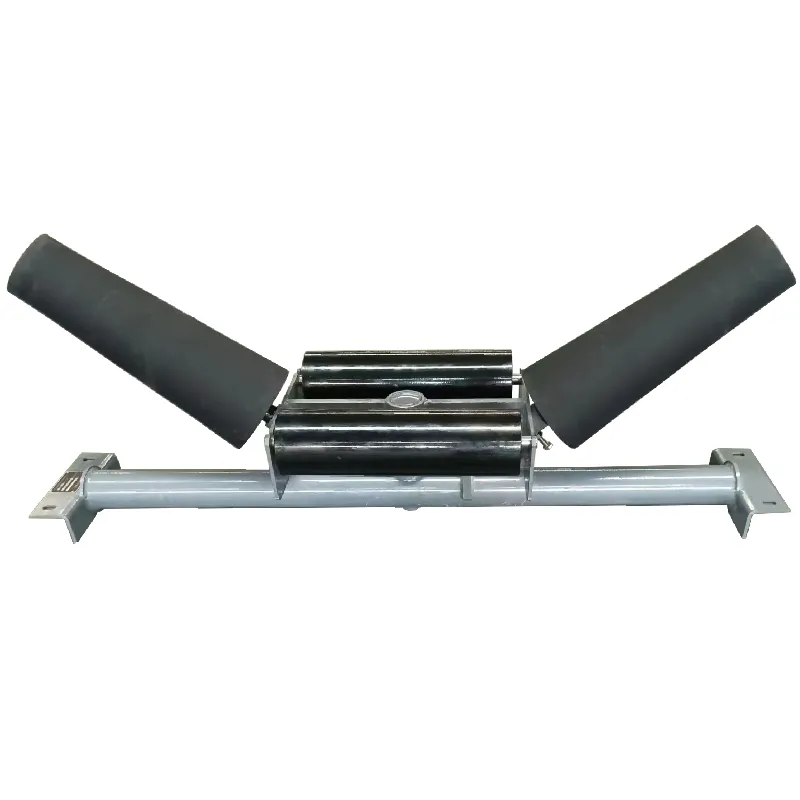 Afrikaans
Afrikaans  Albanian
Albanian  Amharic
Amharic  Arabic
Arabic  Armenian
Armenian  Azerbaijani
Azerbaijani  Basque
Basque  Belarusian
Belarusian  Bengali
Bengali  Bosnian
Bosnian  Bulgarian
Bulgarian  Catalan
Catalan  Cebuano
Cebuano  Corsican
Corsican  Croatian
Croatian  Czech
Czech  Danish
Danish  Dutch
Dutch  English
English  Esperanto
Esperanto  Estonian
Estonian  Finnish
Finnish  French
French  Frisian
Frisian  Galician
Galician  Georgian
Georgian  German
German  Greek
Greek  Gujarati
Gujarati  Haitian Creole
Haitian Creole  hausa
hausa  hawaiian
hawaiian  Hebrew
Hebrew  Hindi
Hindi  Miao
Miao  Hungarian
Hungarian  Icelandic
Icelandic  igbo
igbo  Indonesian
Indonesian  irish
irish  Italian
Italian  Japanese
Japanese  Javanese
Javanese  Kannada
Kannada  kazakh
kazakh  Khmer
Khmer  Rwandese
Rwandese  Korean
Korean  Kurdish
Kurdish  Kyrgyz
Kyrgyz  Lao
Lao  Latin
Latin  Latvian
Latvian  Lithuanian
Lithuanian  Luxembourgish
Luxembourgish  Macedonian
Macedonian  Malgashi
Malgashi  Malay
Malay  Malayalam
Malayalam  Maltese
Maltese  Maori
Maori  Marathi
Marathi  Mongolian
Mongolian  Myanmar
Myanmar  Nepali
Nepali  Norwegian
Norwegian  Norwegian
Norwegian  Occitan
Occitan  Pashto
Pashto  Persian
Persian  Polish
Polish  Portuguese
Portuguese  Punjabi
Punjabi  Romanian
Romanian  Russian
Russian  Samoan
Samoan  Scottish Gaelic
Scottish Gaelic  Serbian
Serbian  Sesotho
Sesotho  Shona
Shona  Sindhi
Sindhi  Sinhala
Sinhala  Slovak
Slovak  Slovenian
Slovenian  Somali
Somali  Spanish
Spanish  Sundanese
Sundanese  Swahili
Swahili  Swedish
Swedish  Tagalog
Tagalog  Tajik
Tajik  Tamil
Tamil  Tatar
Tatar  Telugu
Telugu  Thai
Thai  Turkish
Turkish  Turkmen
Turkmen  Ukrainian
Ukrainian  Urdu
Urdu  Uighur
Uighur  Uzbek
Uzbek  Vietnamese
Vietnamese  Welsh
Welsh  Bantu
Bantu  Yiddish
Yiddish  Yoruba
Yoruba  Zulu
Zulu belt conveyor troughing idlers
Understanding Belt Conveyor Troughing Idlers
Belt conveyors are integral to various industries such as mining, agriculture, and manufacturing, providing efficient movement of goods and materials. One critical component of these systems is the troughing idler, which plays a vital role in maintaining the efficiency and longevity of belt conveyors.
What are Troughing Idlers?
Troughing idlers are roller assemblies that support the conveyor belt while allowing it to maintain a trough-like shape. This shape is crucial as it helps contain the materials being transported, reducing spillages and ensuring that the materials remain on the belt. Typically composed of multiple rollers arranged in a concave configuration, troughing idlers can vary in shape, size, and design based on the specific needs and requirements of the conveyor system.
Importance of Troughing Idlers
1. Material Containment The most significant advantage of troughing idlers is their ability to contain materials on the conveyor belt. By forming a trough, they prevent material spillage, which can lead to increased cleanup costs and downtime should any materials fall off the belt.
2. Improved Material Flow The curved design of the idlers helps to ensure that the materials flow smoothly down the belt. This feature is essential for maintaining a consistent and efficient movement of bulk products, especially in operations that deal with heavy loads.
3. Reduced Wear and Tear When configured correctly, troughing idlers can minimize the wear and tear on conveyor belts. They provide optimal support during the movement of materials, helping to distribute the load evenly across the belt. This distribution reduces the risk of damage and can extend the lifespan of both the belt and the idlers themselves.
4. Operational Efficiency By minimizing spillage and maximizing material flow, troughing idlers contribute significantly to the overall operational efficiency of conveyor systems. In competitive industries, operational efficiency translates to cost savings and increased productivity.
Types of Troughing Idlers
belt conveyor troughing idlers

Troughing idlers come in various types, including
1. Standard Troughing Idlers These are the most common type and typically have a 20-degree, 35-degree, or 45-degree troughing angle, suitable for general applications.
2. Support Troughing Idlers Used primarily for supporting long sections of the belt, these idlers ensure stability and reduce sagging, which can lead to material loss.
3. Specialized Idlers Some industries may require specialized idlers designed for specific applications, such as handling hot materials or transporting materials over extreme distances.
Maintenance and Care
To ensure the longevity and performance of troughing idlers, regular maintenance is necessary. Common maintenance practices include
- Inspection Regularly inspect idlers for signs of wear, damage, or misalignment. Early detection of issues can prevent major failures and costly repairs. - Lubrication Keeping the bearings of idlers well-lubricated is essential to their functioning smoothly and efficiently.
- Cleaning Remove any accumulated debris or materials that may affect the idler's operation.
Conclusion
Troughing idlers are essential components of belt conveyor systems, contributing to the efficient handling of materials and enhancing operational performance. Understanding their function, types, and maintenance needs can help businesses optimize their conveyor operations. Whether transporting grains, aggregates, or other bulk materials, investing in high-quality troughing idlers is a crucial step toward achieving a more efficient and reliable operation. By prioritizing their upkeep, companies can reduce operational costs, minimize downtime, and enhance overall productivity in their materials handling systems.
-
Revolutionizing Conveyor Reliability with Advanced Rubber Lagging PulleysNewsJul.22,2025
-
Powering Precision and Durability with Expert Manufacturers of Conveyor ComponentsNewsJul.22,2025
-
Optimizing Conveyor Systems with Advanced Conveyor AccessoriesNewsJul.22,2025
-
Maximize Conveyor Efficiency with Quality Conveyor Idler PulleysNewsJul.22,2025
-
Future-Proof Your Conveyor System with High-Performance Polyurethane RollerNewsJul.22,2025
-
Driving Efficiency Forward with Quality Idlers and RollersNewsJul.22,2025





























